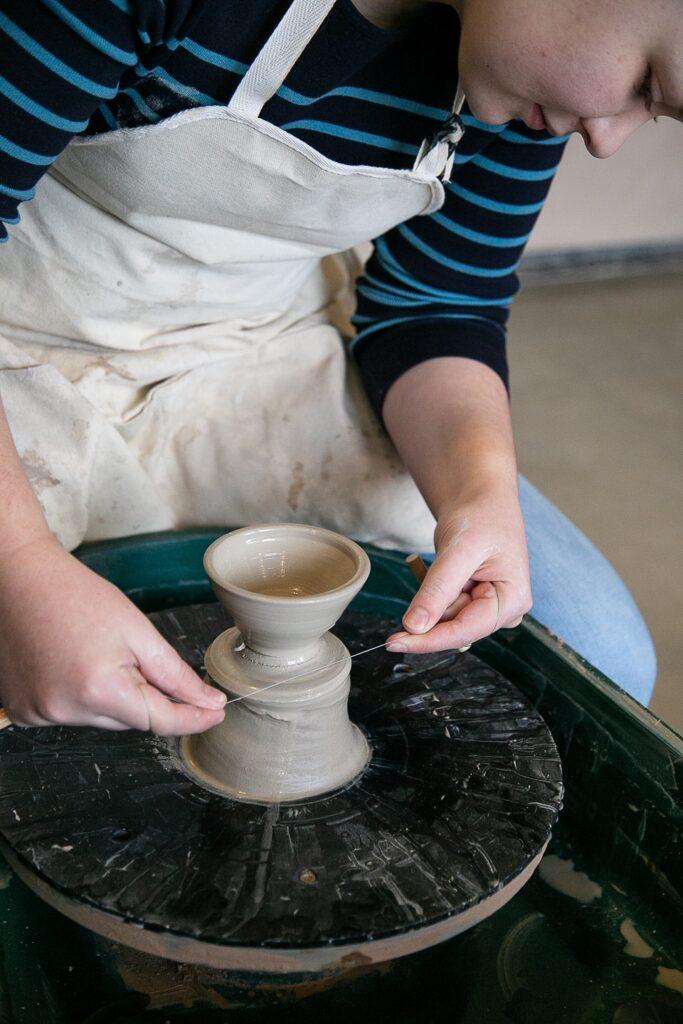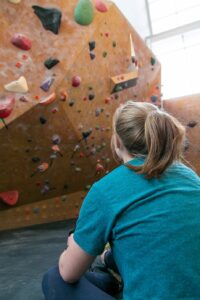How to Fight Winter SAD-ness
Tips & tricks to combat those “winter blues”
Let’s be real, winter makes the majority of us tired, moody, and sad. Commonly known as “winter blues,” seasonal affective disorder (SAD) is a “type of depression that comes and goes with the seasons, typically starting in the late fall and early winter and going away during the spring and summer,” according to the National Institute of Mental Health (NIMH).
If you haven’t realized, late fall, winter, and beginning of spring are the seasons students are in school. It can be hard to balance school, work, and a social life when those winter blues are bogging you down. While seasonal depression occurs in the colder, darker months, according to Brianna Sullivan, B.A., and Tabitha W. Payne, Ph.D., in The American Journal of Psychiatry, it’s thought to be the result of sensitivity to light deficiency. The lack of natural light can affect the body’s circadian rhythms or “internal clock”. Many individuals get up before the sun rises and miss the short period of natural light, because their school/work days end after the sun has set. The lack of light can cause that internal clock to be thrown off of the solar cycle. Sullivan and Payne report that symptoms like sadness/depression, tiredness, hypersomnia (over sleeping) and moodiness due to a lack of serotonin are all caused by shifts in hormone secretion and core body temperature.
Disclaimer: I am not a doctor. This content is not a “cure”, but rather some helpful information and tips to help individuals become more conscious of their environment and wellbeing. Please visit a physician if you have any questions or concerns.
While students are in school during the most prevalent times of SAD, being conscious and proactive can help you beat that seasonal sadness. Symptoms of SAD can be:

- Sadness & depression
- Tiredness or lack of energy
- Hypersomnia (excessive amounts of sleep)
- Lack of serotonin (moodiness)
- Sluggishness & agitation
- Change of appetite (over or under eating)
- Social withdrawal
These symptoms may be caused by other conditions as well, so again, if you have any questions or concerns, please visit your physician.
Though some symptoms of SAD don’t seem as serious as others, these symptoms just add to the stress of our daily lives. Lack of energy, sadness and sluggishness, on top of a busy lifestyle can lead to poor physical and mental health. So what can you do to prevent this? According to NIMH, there are four categories of treatment:
- Medication
- Light Therapy
- Psychotherapy
- Vitamin D
I did not go to medical school so visit your physician to ensure you get everything you need to stay healthy. I cannot prescribe you medication or therapy over the Internet but luckily I can prescribe a healthy dose of OUTDOOR ACTIVITIES (Yay!).

Being active outdoors will not only get you up and out of the house, but will boost your mood as well. Winter has so much to offer, from snowshoeing, ice climbing, and hiking, to skiing, winter camping and more. For those that don’t have free time for outdoor activities, here are some tips and tricks that can help combat that SAD-ness:
- Exercise regularly (Student Life Center, anybody?)
- Happy lamps (light therapy)
- Practice stress and anxiety management
- Create/spend as much time in a bright and sunny environment
- Socialize
- Take vitamin D
- GET OUTSIDE ☺
You are not alone. A majority of individuals experience seasonal sadness to a certain degree. While some experience it more than others, being conscious and aware can keep you healthy and happy through the dark and cold weather.



